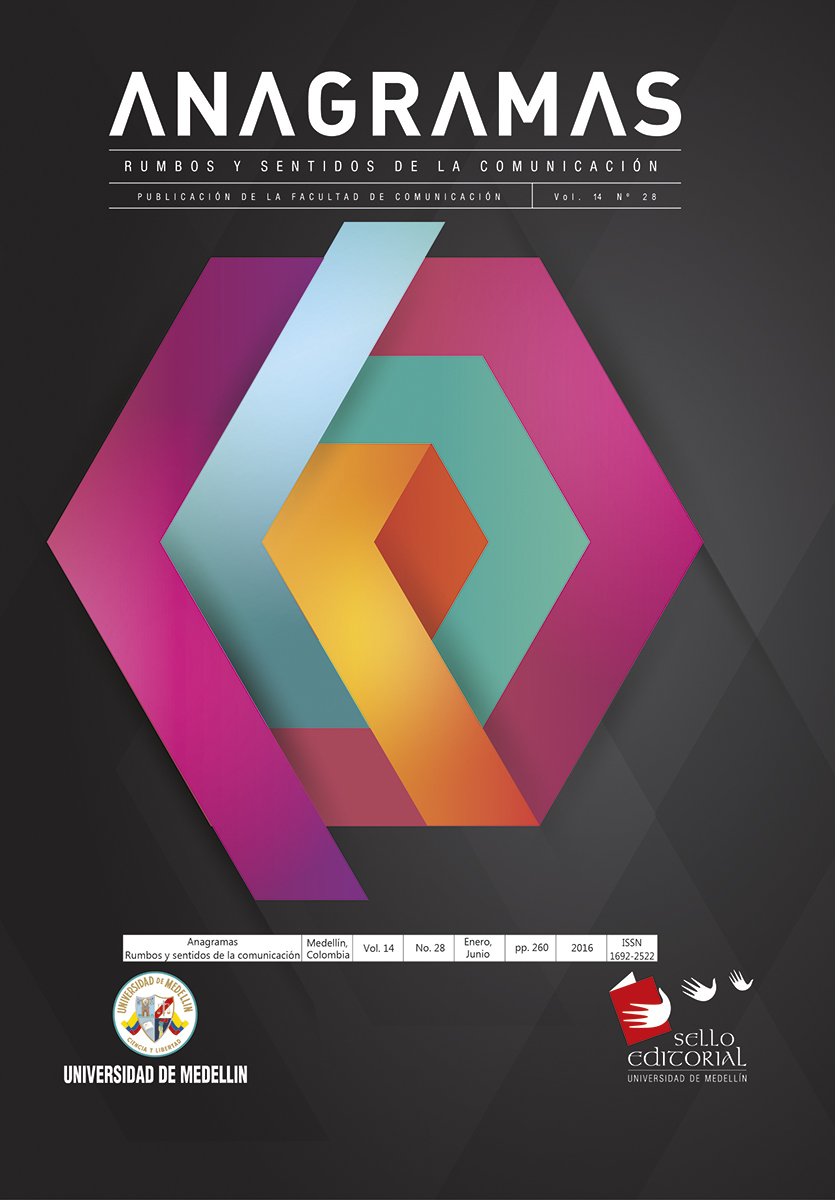Las vanguardias artísticas del siglo XX y su contribución teórica en la definición exhibicionista de la naturaleza del cine
Copyright and Licensing:
Declaração de Direito Autoral
Resumo
A pesar de que las vanguardias artísticas de principios de siglo constituyen un grupo de movimientos heterogéneo coinciden en un ideal común: la ruptura del estatus del arte en la sociedad burguesa. El desplazamiento del sujeto del centro del proceso creador y la aparición de un nuevo sistema de representación basado en la perspectiva múltiple harán que el cine se sitúe en el punto de mira de distintas propuestas rupturistas como el cubismo, el futurismo o el dadaísmo. El objetivo del presente texto es destacar las aportaciones de los movimientos de vanguardia emergentes durante las primeras décadas del siglo XX en la fragua de conceptos teóricos capaces de dotar al cine de un estatus discursivo basado en la forma y la construcción al que denominaremos exhibicionista, que se opone al de su consideración como cine clásico supeditado a suceder a la literatura decimonónica en su misión narrativa
Como Citar
Colón, P. S. (1). Las vanguardias artísticas del siglo XX y su contribución teórica en la definición exhibicionista de la naturaleza del cine. Anagramas Rumbos Y Sentidos De La Comunicación, 14(28), 67-82. https://doi.org/10.22395/angr.v14n28a4
Downloads
Não há dados estatísticos.




























